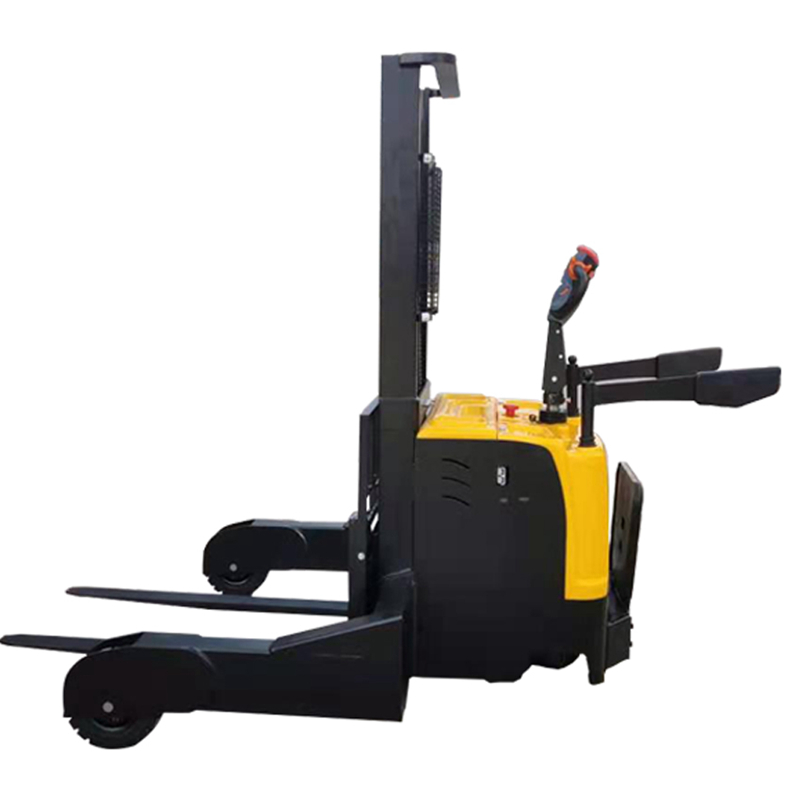WHAT ARE THE DIFFERENT TYPES OF FORKLIFTS, AND WHAT ARE THEY MOST SUITED TO?
Forklifts are necessary in helping to carry out lifting and transportation tasks, where objects are too heavy to rely on just human strength alone. Whether you want to purchase a forklift for use in a warehouse facility, or temporarily hire one for a project or construction site, it is important to know the differences between the types of trucks available. Having this knowledge will enable you to invest in a forklift best suited for your needs and requirements. Below are just some of the best possible options to explore:
Industrial counterbalance forklifts
Widely considered the most common and well recognised type of forklift, the counterbalance or warehouse truck, are often suited to indoor or smooth surface use only. As the name implies the forklifts are weighted at the back in order to provide a strong and stable lift to move materials around. The three wheel models have strong mobility, allowing for circular transport, along with being narrow enough for access down smaller aisles or areas. The counterbalance model is often a strong choice for your general forklift needs.
Industrial reach forklifts
Industrial reach forklifts are again most suited to indoor projects, they are required in areas of work where the counterbalance forklifts cannot reach to lift so are ideal for high reach, narrow areas with lots of storage that regularly needs loading and unloading. Warehouses with high stacked shelving often benefit from such a vehicle.
Industrial side loader forklifts
With a similar slim structure to the reach forklifts, side loaders are great for loading and unloading in narrow aisle spaces. They allow for access to areas where your regular counterbalance could not fit, this is due to the forks location on the side of the vehicle rather than on the front. They are available in both outdoor and indoor models, and are often sourced for the use of monevering longer materials such as timber or tubing.
Telescopic/telehandler forklifts
The key features of the telehandler forklift are the extendable outreaching arm and it’s boom. Acting not dissimilarly to a small-scale crane, the arm allows for a high reach making it suitable for elevating objects much higher than other forklifts. It’s often used in agriculture and excels at lifting up into tight fitting or unusual areas.
Rough terrain forklifts
Best utilised for outdoor projects and work over rough and uneven surfaces. This forklift is more stable than others due to its oversized and well gripped tires, this stability is important for ensuring transport of materials over rough terrain is done safely, making it perfect for all types of weather conditions.
Pedestrian pallet operated trucks
Pallet trucks are significantly smaller machines than the former lift trucks, because of this they are much more moveable, fitting into smaller or more niche unusual spaces. They also have the advantage of often being less costly. However the downside to these trucks is that as a result of their smaller nature they are less suited to moving heavier loads of objects. They instead can be great if you are looking to move lighter loads.







